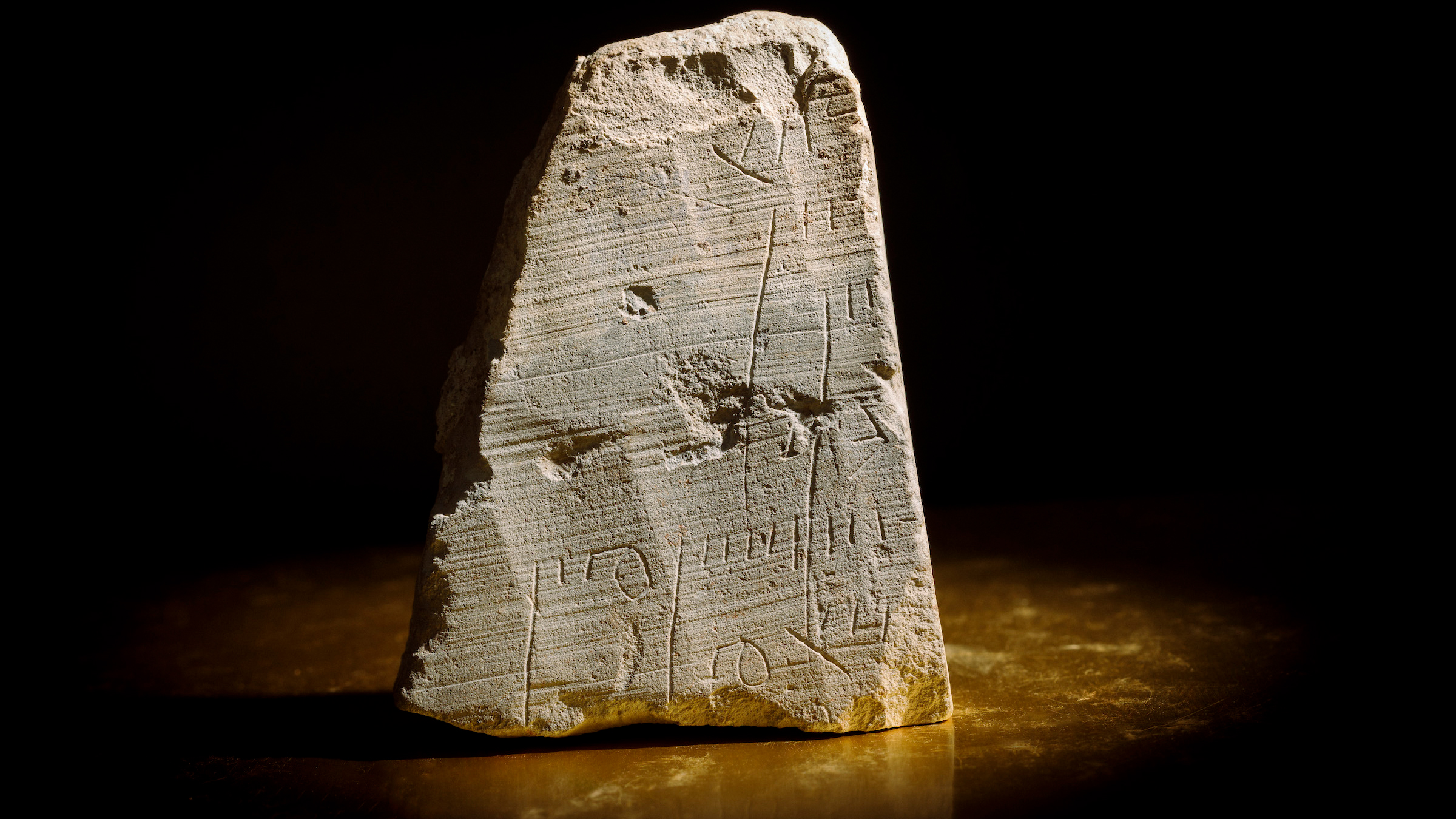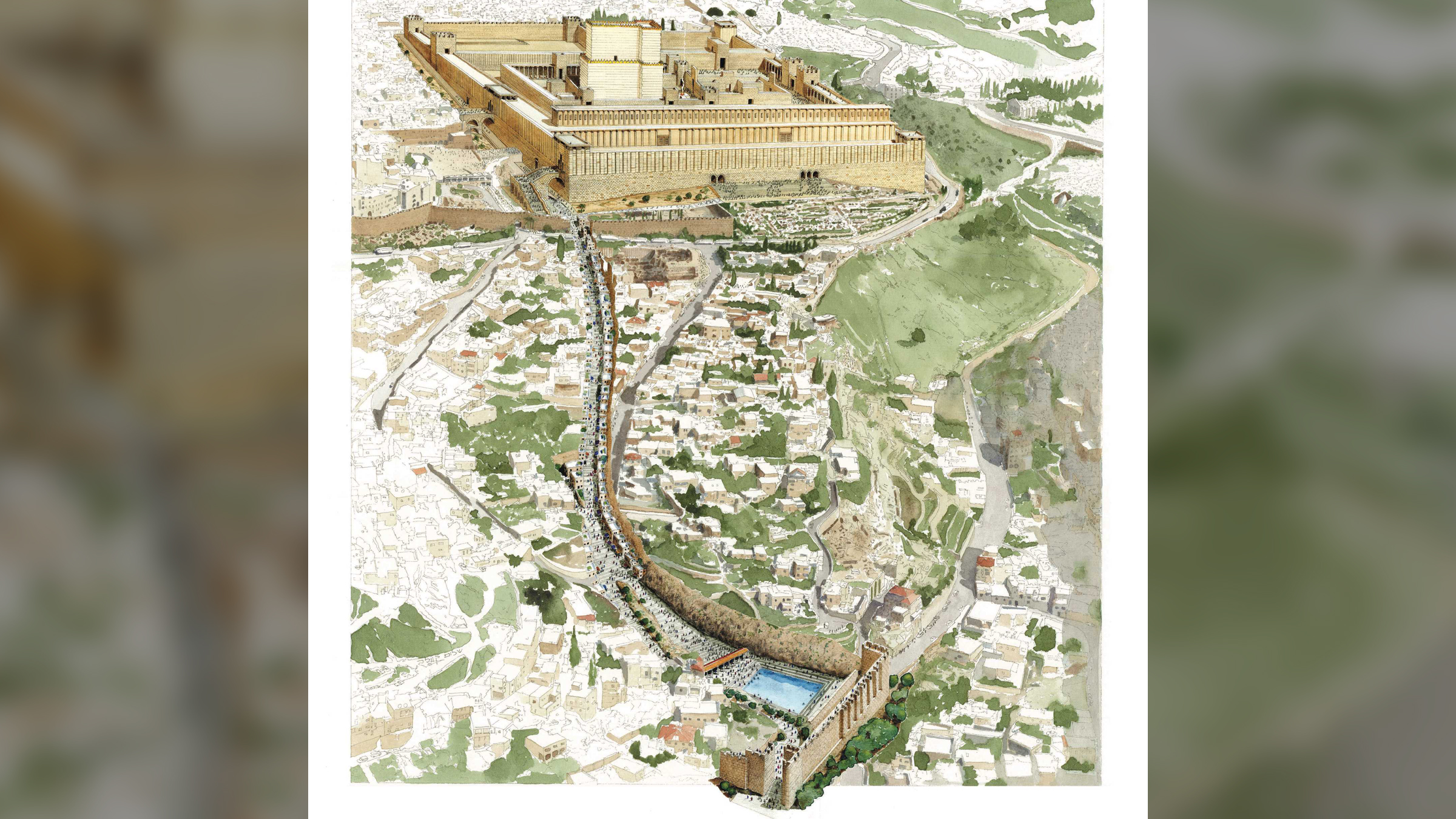
These days, most receipts are made of paper, but about 2,000 years ago, an important financial record was recorded on a much heavier material: stone.
Archaeologists found the inscribed proof-of-purchase at the archaeological site of the City of David in Jerusalem. The hand-size rock — the fragmented lid of an ossuary, or burial chest — has seven lines of partially preserved text that mention people's names and sums of money. These letters and numbers are likely the record of financial activity, perhaps of payment for workers or people who owe money, according to a new study published in the journal 'Atiqot.
"At first glance, the list of names and numbers may not seem exciting, but to think that, just like today, receipts were also used in the past for commercial purposes, and that such a receipt has reached us, is a rare and gratifying find that allows a glimpse into everyday life in the holy city of Jerusalem," the study authors, archaeologists Esther Eshel, a professor at Bar-Ilan University, and Nahshon Szanton, an archaeologist with the Israel Antiquities Authority, said in a statement.
Related: 2,100-year-old farmstead in Israel found 'frozen in time' after owners disappeared
The legible parts of the receipt's text include names with numbers written next to them. For instance, one line has Shimon, a popular biblical male name during the early Roman period (37 B.C. to A.D. 70), the researchers said. Following the name is the Hebrew letter mem, an abbreviation of ma'ot — Hebrew for "money."

The stone was found in a debris pile during a 2016 salvage excavation on Pilgrimage Road, a main thoroughfare frequently traveled at the time. Around the turn of the first millennium, when Jerusalem and the surrounding region were a province of the Roman Empire, this road was likely a commercial hub, according to previous finds of stone weights and measuring tables that were likely part of ancient commerce. The road extended about a third of a mile (600 meters), connecting Jerusalem's city gate to the gates of the Temple Mount and the Second Temple, which the Romans destroyed in A.D. 70.
Four other Hebrew inscriptions written on stone, similar for having names followed by numbers, have been found in the region, but this is the first of its kind from Jerusalem, the researchers said. The type of script and stone, as well as its similarities to the other stones, helped the archaeologists date it to between the first century B.C. and the first century A.D.
It's likely that whoever crafted the Hebrew cursive carving used a sharp tool on the chalkstone lid, the researchers added.







